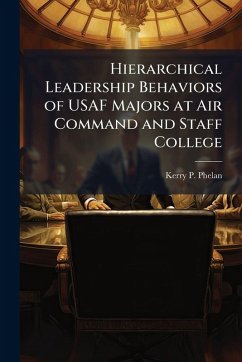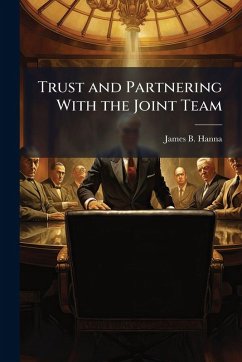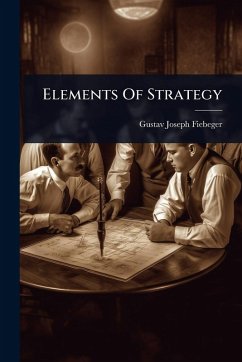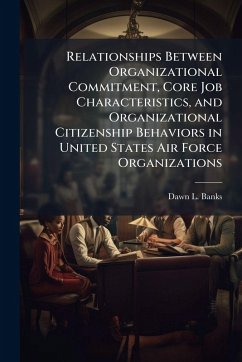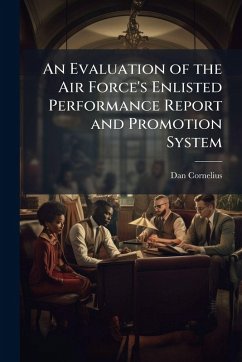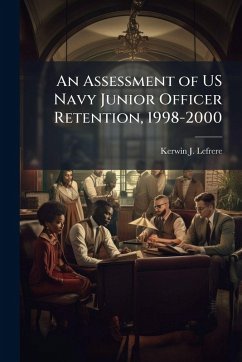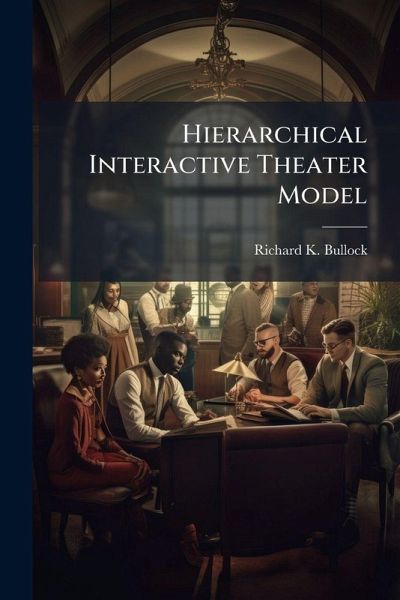
Hierarchical Interactive Theater Model

PAYBACK Punkte
10 °P sammeln!
This research explored an asymmetrical concept of personnel management, specifically whether status, rank, is an artificial barrier to employing qualified enlisted personnel in some company grade officer duties. It takes the approach under the Human Capital Theory and questions whether rank plays a roll in effective performance and whether eliminating rank as a criterion to employment, in some duties, can support Air Force transformation efforts, without negatively affecting culture (i.e. chain-of-command, customs and courtesies). This work has been selected by scholars as being culturally imp...
This research explored an asymmetrical concept of personnel management, specifically whether status, rank, is an artificial barrier to employing qualified enlisted personnel in some company grade officer duties. It takes the approach under the Human Capital Theory and questions whether rank plays a roll in effective performance and whether eliminating rank as a criterion to employment, in some duties, can support Air Force transformation efforts, without negatively affecting culture (i.e. chain-of-command, customs and courtesies). This work has been selected by scholars as being culturally important, and is part of the knowledge base of civilization as we know it. This work was reproduced from the original artifact, and remains as true to the original work as possible. Therefore, you will see the original copyright references, library stamps (as most of these works have been housed in our most important libraries around the world), and other notations in the work. This work is in the public domain in the United States of America, and possibly other nations. Within the United States, you may freely copy and distribute this work, as no entity (individual or corporate) has a copyright on the body of the work. As a reproduction of a historical artifact, this work may contain missing or blurred pages, poor pictures, errant marks, etc. Scholars believe, and we concur, that this work is important enough to be preserved, reproduced, and made generally available to the public. We appreciate your support of the preservation process, and thank you for being an important part of keeping this knowledge alive and relevant.



